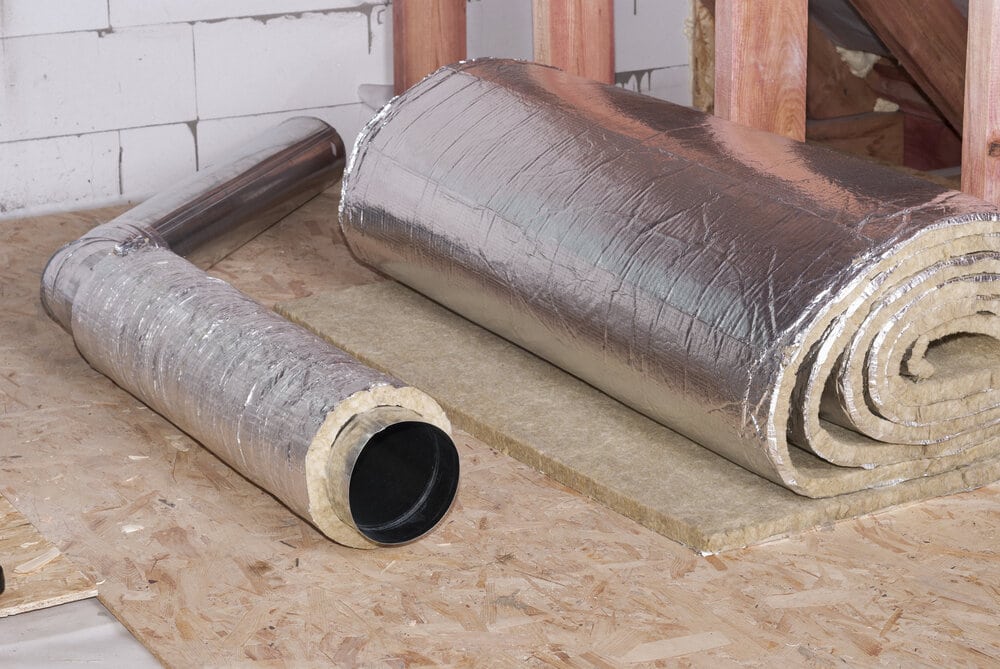You’re doing some cleaning up, maybe a little bit of DIY for the weekend. So you go down into your crawl space, and horror of horrors, it’s full of water. You’re not alone – water damage accounts for around $13 Billion each year in the US alone.
Water in the crawl space can be a sign of a larger problem, but it’s also enough of an issue that you should deal with it immediately. Besides the obvious issues it can cause, like mold, it often leads to other potential long-term problems.
Keep reading for our quick action guide for dealing with home water damage. The faster you take action, the better the chances of recovery.
Finding Water in the Crawl Space
Firstly, if at all possible, it’s a great idea to check your crawl space regularly. This will help you to catch the problem before it gets to a critical point. Not only will this help with preventing mold, but it will also limit any other damage.
The presence of any water at all can be a problem, so don’t think that you need to be knee-deep before you do something. Water mitigation starts with a quick assessment and gives the experts an accurate idea of what they’re helping with.
At the very least, you should note the type and amount of water you’re seeing. Water could be clear (no contaminants), grey (lots of contaminants, no sewage), and black (unsanitary/sewage present). Experts will take you through the types of water and let you know what each means when planning to restore your property.
What Do I Do Now?
The process of repairing your house can be a lengthy one, so it’s best to get started as soon as possible.
First, there are several safety precautions you should take before inspecting the damage. Working underneath your house can be dangerous – dust accumulations, black mold, and even asbestos are likely.
At the least, you should wear an N95 or higher respiratory aid as well as heavy gloves, pants, and knee pads. Covering as much of your exposed skin as possible will prevent many avoidable injuries from sharp objects and other hazards.
Find the Source of the Water
Look for any water, especially if it’s standing or puddled on the ground. You should also look for the signs of mold, mildew, and wood rot. As we’re focusing on water mitigation, check wooden posts and any structural beams for signs of damage.
Take Great Notes
Anything you can note down will help repairers quickly narrow down and fix the problem. Note where the source is, what kind of water you’re seeing, and if possible, how long the problem has been around.
Getting Expert Help
If you’ve found water in the crawl space, you need to solve the problem quickly. While some issues are simple to solve, the chances are very good that you need a company with the experience to repair any problem effectively.
Getting an expert early can save you thousands of dollars in the long run, as well as saving you time now. If you’re experiencing emergency water damage in Seattle, we’re available 24/7 to help!

